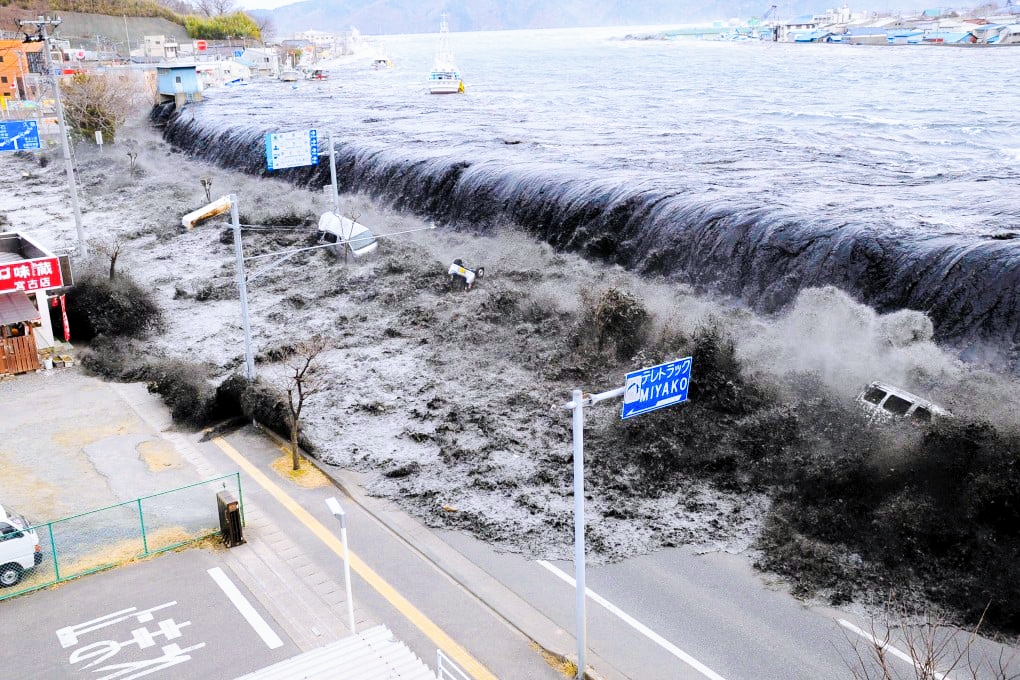An earthquake measuring 8.8 on the Richter scale struck the waters of the Pacific Ocean near the Kamchatka Peninsula in the far east of Russia early Wednesday, causing extreme alertness and tsunami warnings in several countries bordering the Pacific Ocean.
Russian authorities confirmed that the earthquake is the strongest since 1952, leading to tsunami waves ranging from 3 to 4 meters hitting wide areas of the Kamchatka coasts, with warnings of strong aftershocks reaching up to 7.5 magnitude and lasting for at least a month.
The Russian Geophysical Agency indicated that the earthquake's center is located at a depth of 19.3 kilometers, and about 136 kilometers from the city of Petropavlovsk-Kamchatsky, the region's capital.
In Japan, beaches and coastal areas in the Wakayama Prefecture in the west of the country were evacuated following tsunami warnings.
Tourist areas like Shirahama were seen emptying out as soon as the alert was issued.
China issued a tsunami warning that could hit areas along its eastern coasts, and the Tsunami Warning Center reported that waves resulting from the earthquake could cause damage in some coastal areas.
In Ecuador, authorities ordered a precautionary evacuation of beaches in the Galapagos archipelago, in addition to suspending maritime activities, due to the risk of waves resulting from the earthquake.
Peru also issued a warning of the possibility of its coasts being exposed to a tsunami, as the Peruvian Navy announced through the "X" platform that the tsunami threat exists along the Peruvian coast due to the earthquake.
Several other countries, including the United States and Japan, issued similar warnings, while geological centers continue to monitor the situation around the clock in anticipation of any subsequent waves.

